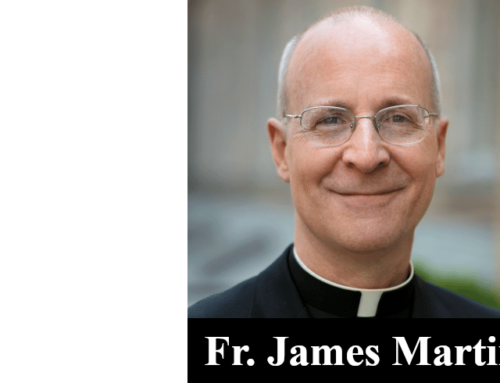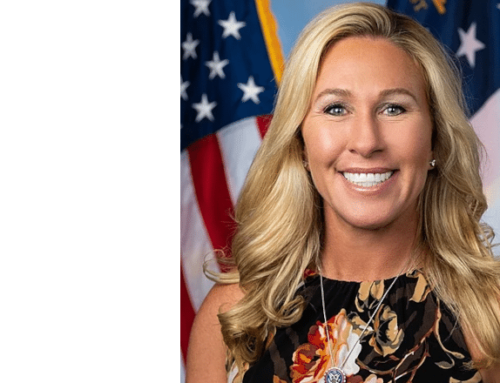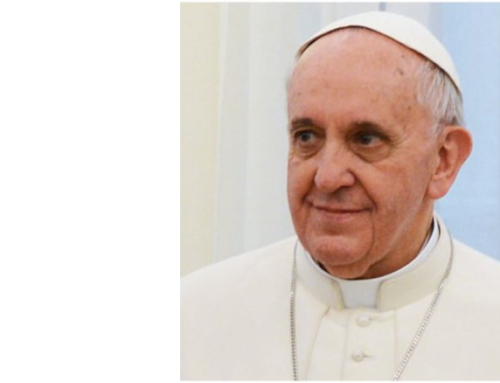
On the “Opinion Pages” of today’s New York Times website there is a “Room for Debate” feature that asks commentators to reply to the question, “With Children, When Does Religion Go Too Far?”
The editor of Christianity Today says that many of his readers are “refugees from strict fundamentalist families,” noting that “children are often oppressed in religious households.” A former Village Voice editor writes of “Scientology’s ersatz secret police.” Speaking about religion in general, a specialist in cults opines that some religious groups “can be downright harmful to some of their members, especially children.” A gay writer says that after he was raped by an older man when he was a teenager, his Mormon mom and dad effectively blamed him.
A Jewish sociologist charges that Orthodox Jews keep their members in a “cultural and voluntary ghetto.” An international lawyer worries about Muslim mothers who make their girls wear headscarves “even while they are still hanging from monkey bars.” Finally, a Hindu woman confesses that although “Hinduism is an easy religion to follow,” its “sexist rules” anger her enough that she “combats[s] them through disobedience.”
There is no reason to doubt any of these accounts. Indeed, no one seriously doubts that there are tyrannical maniacs in every religion. But would the New York Times invite commentators to discuss, “With Children, When Does Secularism Go Too Far?” After all, our most pressing contemporary social problems are not a function of religion going too far with kids these days—they are a reflection of the near absence of religious training.
As the German sociologist Max Weber instructed, the bias of the investigator is present in the questions he asks. This is as true of social scientists as it is journalists.







